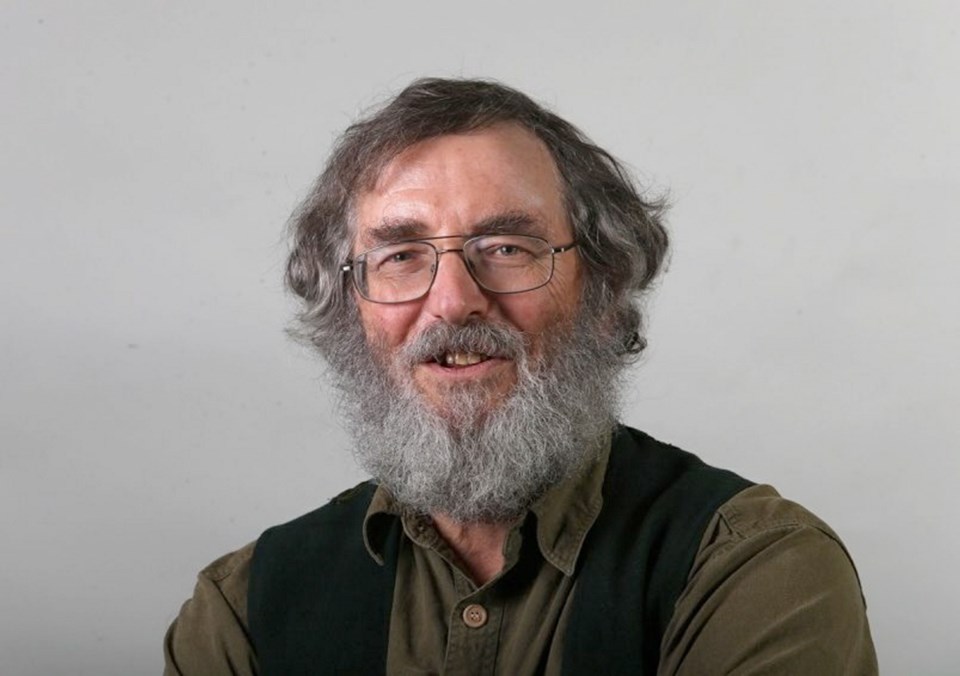I am often accused, not unjustly, of being a “doom and gloom” merchant when it comes to the state of the planet and of our society. While there are good reasons to hold that view, it is not the only way of looking at the future.
Part of my professional work has been as a futurist, specifically a health futurist. That is to say, I have worked with people to help them think more effectively and creatively about the future of health and health care.
Futurists often get a bad rap, accused of being too visionary, even dreamy, by some, while others think futurists have done a poor job of predicting the future. Both those views, however, miss the point of good futures thinking.
Many years ago, I worked with James Robertson, a British futurist and author of an influential 1978 book, The Sane Alternative. In 1984, I brought him to Toronto to speak at a conference I was organizing, and one of the things he said captured for me the essence of good futures work.
“Thinking about the future,” he said, “is only useful and interesting if it affects what we do and how we live today.”
So good futures work is practical, because it helps us make better choices and decisions today that will shape our future. Of course, there is no guarantee that we will do so; witness the litany of failed opportunities over the past 50 years to avoid the environmental crisis that was predicted then and that we now face.
Which points to the other sort of problem: Futurists might help us understand and anticipate future events, but there is no guarantee their ideas will be understood, taken to heart and acted upon. Moreover, prediction is a bit of a mug’s game. As another colleague, and one of the world’s leading futurists, Jim Dator, used to say, the probable future is the least likely future.
By that he meant that predicting the future as a form of “business as usual,” especially based on past trends and performances, is inherently wrong, because it assumes that things will continue much as they are, when in fact the only thing that is constant is change. The future, as futurists like to remark, is plastic, it can and will be shaped, often in ways we don’t anticipate — witness the way the internet has changed our world.
Moreover, as we have come to understand complex adaptive systems better — systems such as the human body, the economy or the Earth’s natural systems — we have come to understand two important things about them that make prediction hard, if not impossible.
First, within such systems, small changes can perturb the system in ways that result in massive change, the so-called butterfly effect. (The analogy is that the beat of a butterfly’s wings in China today can spawn a tornado days later in America.) The opposite is also true. Large changes in input can have little or no effect, as the system adapts to them and smoothes out or absorbs their impacts.
The second realization is that there can be sudden, non-linear state-shifts in such systems. These systems are dynamic, but stable, though when enough strain builds up, or just the right small nudge occurs and they cross a threshold — which we might not know about in advance — they can shift suddenly to a different state. Some climate models, for example, suggest the Earth’s climate can be stable in its present configuration or two much different states: “Snowball Earth” or “ice-free Earth.” At present, we are pushing the Earth toward the latter.
All of this suggests that there is no such thing as the future, but rather we face many different futures. The Canadian futurist Norman Henchey put it well many years ago when he described four categories of future: Probable, possible, plausible and preferable.
The probable, as we have already seen, while interesting, might be neither likely nor preferable; the other three are more interesting, and I will describe them next week, particularly in the context of the future of health and health care, before turning to thinking positively about creating a preferred future in a third column.
Dr. Trevor Hancock is a retired professor and senior scholar at the University of Victoria’s School of Public Health and Social Policy.



